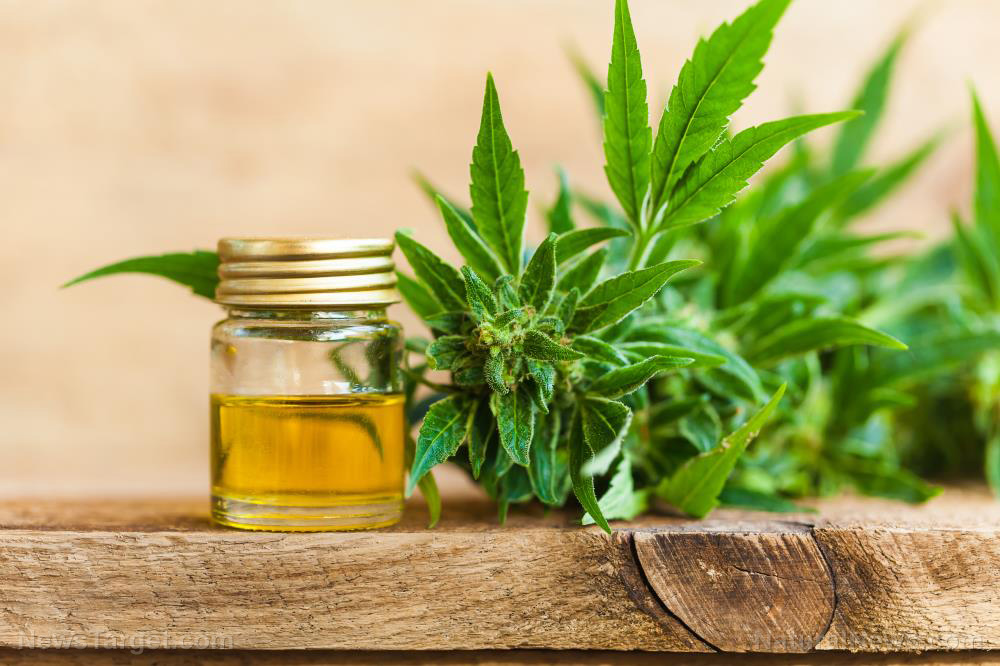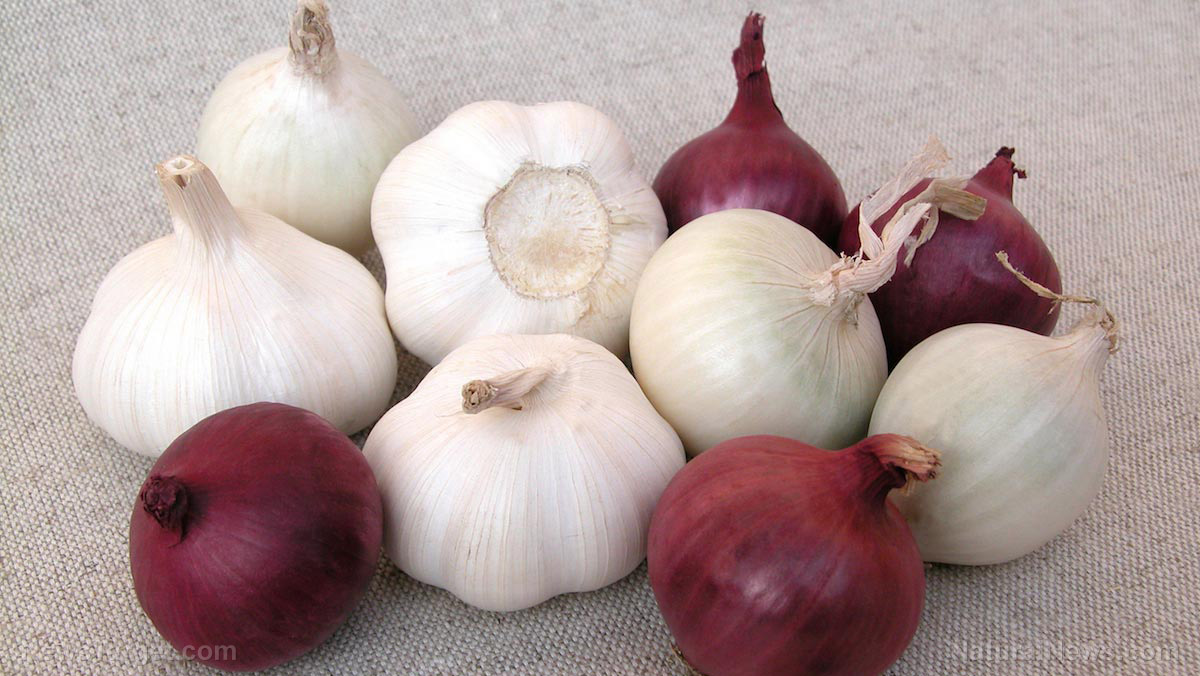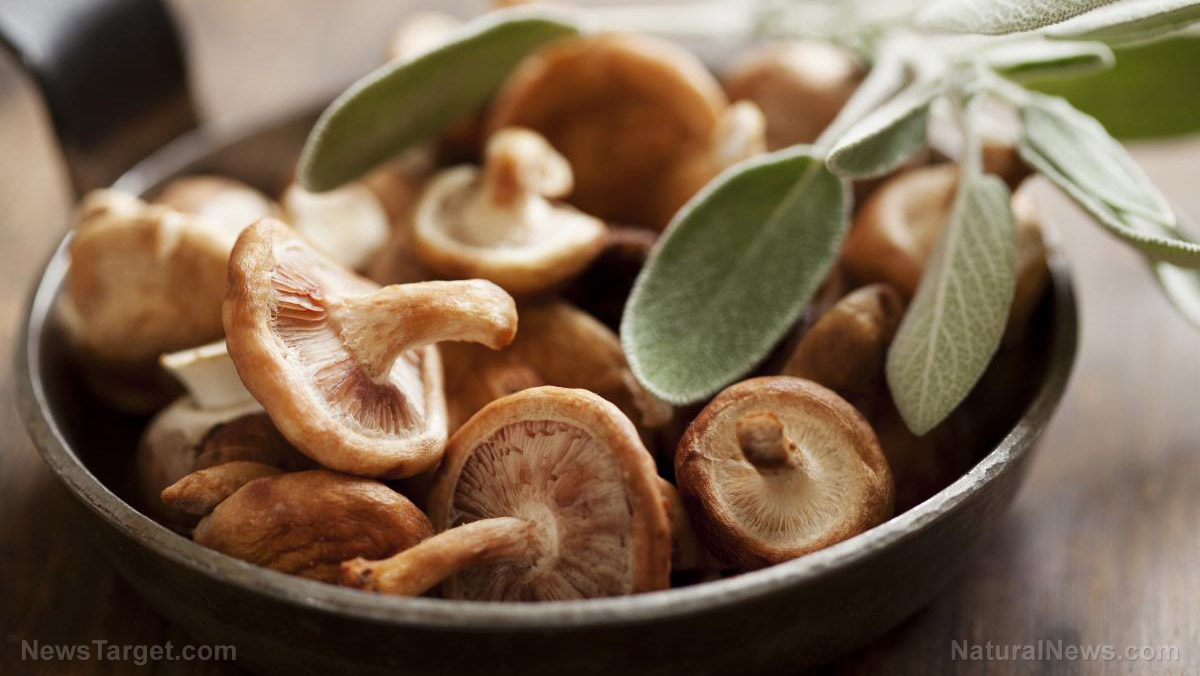“Good” gut microbes thrive on certain ingredients in dietary fiber, reveals study
09/16/2020 / By Divina Ramirez

Fiber is considered essential for optimal gut health. But fiber is a complicated mixture of different components that can make it difficult to understand, so much so that scientists are just beginning to scratch the surface of fiber in light of its benefits for the gut.
Nonetheless, emerging research suggests that some fibers could be more beneficial for the gut than others. In a major breakthrough, researchers from the Washington University School of Medicine in St. Louis identified fibers and fiber components that increased the abundance of beneficial microbes in the gut of mice.
The researchers hope that the accurate identification of compounds in fibers that increase the abundance of beneficial gut bacteria could help scientists create more nutritious food products that take these components into account. Their findings appeared online in the journal Cell.
Different fibers affect the abundance of gut bacteria
Humans possess a limited range of genes dedicating to processing fiber. In contrast, numerous bacterial species in the gut are abundant in these fiber-processing genes.
Moreover, modern diets tend to be lacking in fiber. The researchers speculate that this could be due to a lack of adequate information on the part of food manufacturers regarding the significance of fiber in gut health.
In an attempt to shed light on the particular fibers and fiber components responsible for the proliferation of beneficial gut bacteria, the researchers turned to mice.
The mice used for the experiment had been raised under sterile conditions, meaning the mice did not have gut bacteria beforehand.
Instead, each of them received 20 strains of Bacteroides that the researchers had isolated from a human gut. Bacteroides is a genus of bacteria that make up the most substantial portion of the human gut microbiota.
The researchers then fed the mice a base diet rich in saturated fats but lacking in fiber sources. This diet composition is similar to that of the standard diet consumed in the US.
Next, the group then screened 34 food-grade fiber preparations, including pea protein, citrus peel, citrus pectin, tomato peel, orange fiber, apple fiber, oat hull fiber, cocoa, chia seeds and rice bran. (Related: A protein found in the pea effectively kills off common bacteria strains.)
In total, the 34 fiber sources resulted in 144 different diet combinations. The researchers then added these fibers to the base diet of the mice and monitored the reactions of their gut bacteria to the presence of the fibers.
In total, 21 of the 144 diet combinations had significant effects on the 20 bacterial strains. In particular, their experiments demonstrated that arabinan in pea fiber and homogalacturonan in citrus pectin increased the abundance of B. thetaiotaomicron, a starch-metabolizing bacterium.
On the other hand, feeding the mice barley beta-glucan and barley bran triggered the proliferation of B. ovatus, a bacterium that contributes to intestinal epithelial homeostasis and repair.
Dissecting the interactions among gut bacteria
The researchers also sought to understand the interactions among the Bacteroides strains given the presence of different fiber sources. The group found that some of the Bacteroides competed for the consumption of certain fibers, but others deferred and did not take part in the competition.
Commenting on these interesting interactions, the researchers noted that understanding these relationships could help in the creation of foods designed to “feed,” so to speak, most, if not all, of the different microbes in the gut such that none of them are in direct competition.
In order to further understand these relationships, first author Michael Patnode also created artificial food particles that had magnetic, microscopic glass beads. Patnode and his team used these particles as biosensors in order to monitor the degradation of fiber as it passes through the intestine.
Understanding this process helps expose the influence of the Bacteroides‘ presence on the other microbes’ ability to process fibers, added Patnode. It could also help food scientists create foods that contain different combinations of fiber components for the benefit of gut microbiota.
Read more articles about fibers and other beneficial nutrients for gut health at Nutrients.news.
Sources include:
Tagged Under: #nutrition, biomedical research, digestion, fibers, goodresearch, gut bacteria, gut health, gut microbiome, nutrients
RECENT NEWS & ARTICLES
COPYRIGHT © 2017 NATURAL CURES NEWS




















